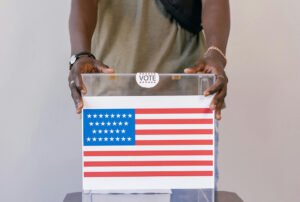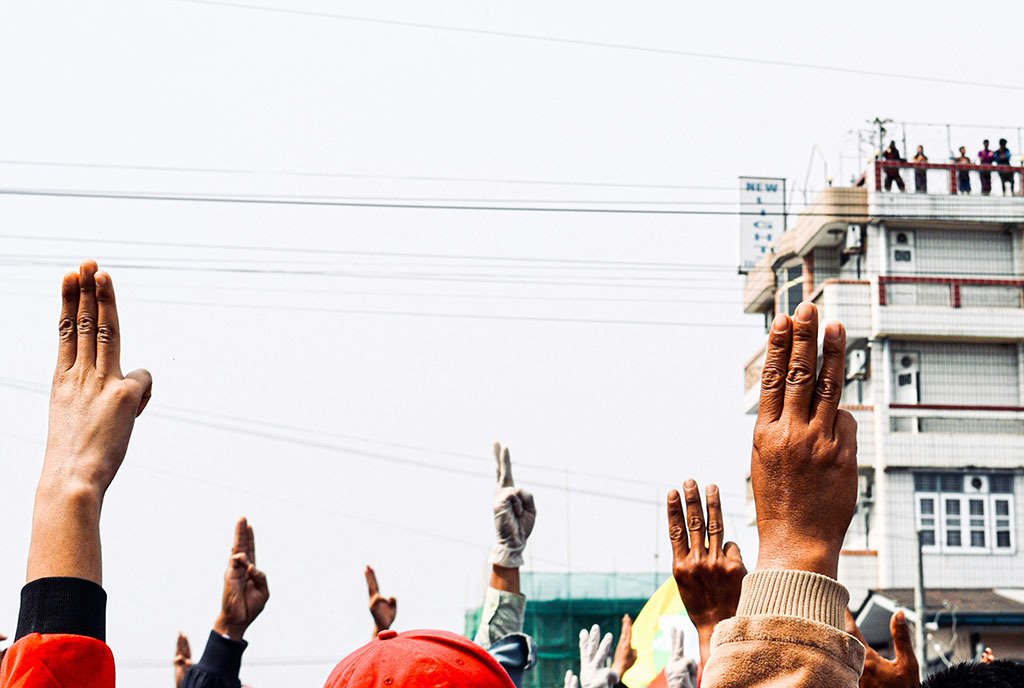
June 4, 2019; ThinkProgress
Is there a constitutional right to a stable climate system? The US government doesn’t think so, but what could be more fundamental to the constitutional right not to be deprived of “life, liberty, or property without the due process of law”? If the nation continues on its current path of subsidizing and expanding fossil fuel extraction, today’s youth and future generations will surely find their lives (and property, if they have any) in jeopardy.
That’s the basis of Juliana v. United States, also known as the climate kids lawsuit. On Tuesday, June 4, 2019, a three-judge panel for the Ninth Circuit Court of Appeals heard oral arguments in the case, pursuant to deciding if the case can proceed to trial.
The 21 youth plaintiffs were represented in court by Julia Olson, lead attorney for Our Children’s Trust, the nonprofit organization that filed the lawsuit in 2015. Thus far, government efforts to have the case dismissed have succeeded in delaying the trial for so long that, according to the New York Times, 14 of the plaintiffs are now old enough to vote.
Olson has based the case on a legal theory known as “atmospheric trust litigation.” It is a pretty straightforward legal theory that holds the government responsible for ensuring a clean and healthy environment for public use. As Kayla Mandel explains in ThinkProgress, “By failing to protect and preserve a clean atmosphere for future generations—by promoting fossil fuels, for instance—the lawsuit argues that the government is violating its obligation to the public trust.”
By contrast, the Assistant Attorney General Jeff Clark, who represented the government, argues “there is no fundamental constitutional right to a ‘stable climate system.’” He also expressed skepticism regarding the “plaintiff’s proposed solution,” which would allow the court to “direct the nation’s energy and environmental policy.” He suggested that allowing the case to go forward would be like tossing a “dagger at the separation of powers.”
Sign up for our free newsletters
Subscribe to NPQ's newsletters to have our top stories delivered directly to your inbox.
By signing up, you agree to our privacy policy and terms of use, and to receive messages from NPQ and our partners.
The judges seemed to have some similar concerns. “You appear to be requesting some sort of affirmative action,” Judge Mary Murguia said to Olson. “We would not be striking down anything…we would be affirmatively telling the government to do something. [I’m] trying to figure out if we’ve done anything like that to this scale…[it’s] almost drawing on a clean slate.”
But Olson was undeterred. She noted, “The scale of the problem is so big because of the systemic conduct of the government.” Comparing the case to Brown v. Board of Education, she argued, “Whenever there is a government system that’s causing such catastrophic infringement to fundamental rights…[there’s a] duty to issue a decree to address [this] constitutional violation.”
In her closing statement, Olson reflected again on the long history of the courts in expanding rights. “If we look back on the 20th century,” she said, “we can see race and sex discrimination were the constitutional questions of the era. When our great-grandchildren look back…they will see government sanctioned climate destruction was the constitutional question of this century.”
The judges find themselves in a difficult position—sympathetic to the plaintiff’s arguments, but unsure if they have the power to intervene. “You present compelling evidence that we have a real problem,” said Judge Hurwitz. “It may even rise to the level of criminal neglect. The tough question is, do we get to act because of that?”
If the judges decide affirmatively, the plaintiffs hopefully will have the opportunity to present evidence in court supporting their case that the government is acting against the interests of today’s young people and future generations—and in so doing is violating their most fundamental constitutional right, the right to a world that supports human life.— Karen Kahn













